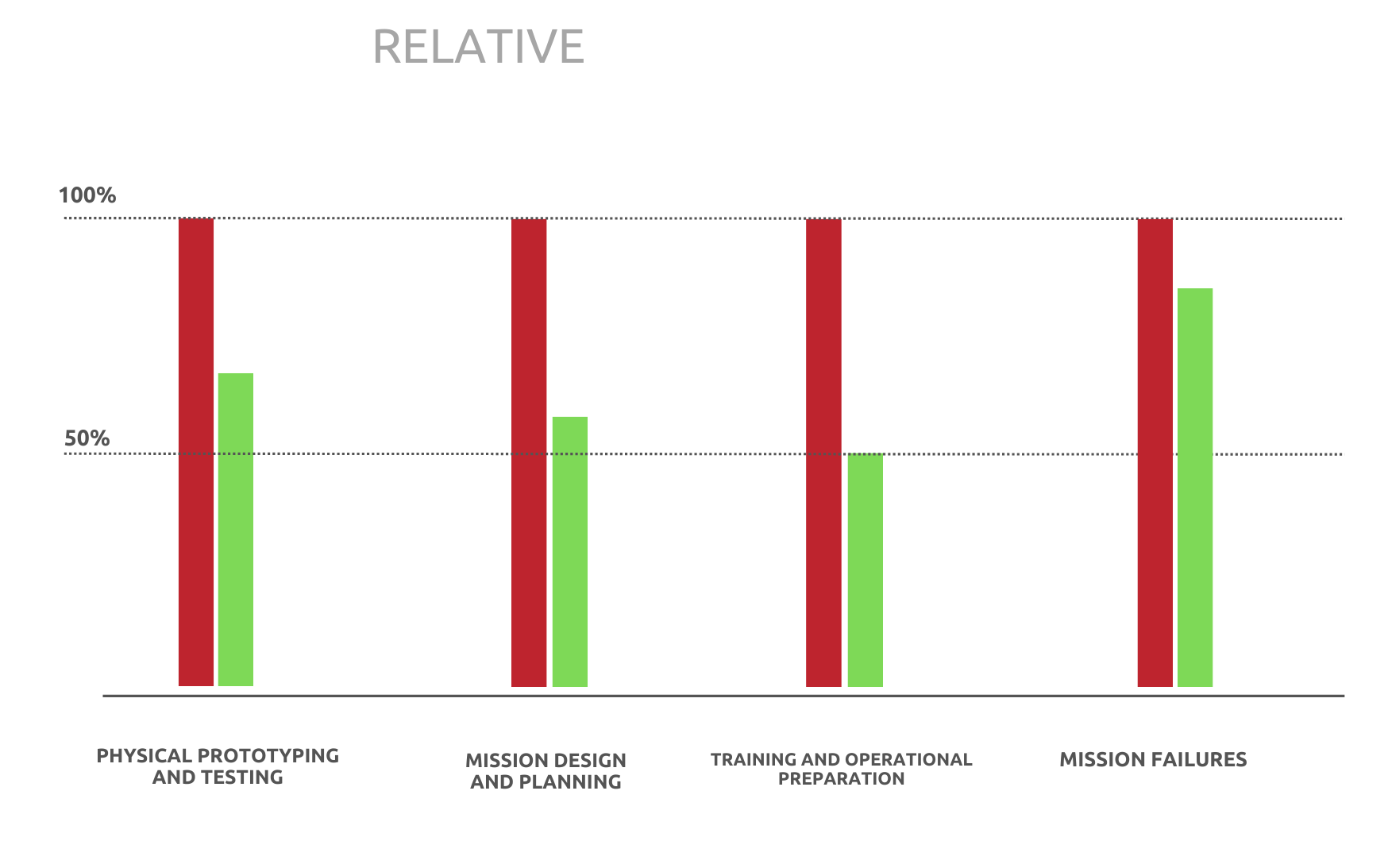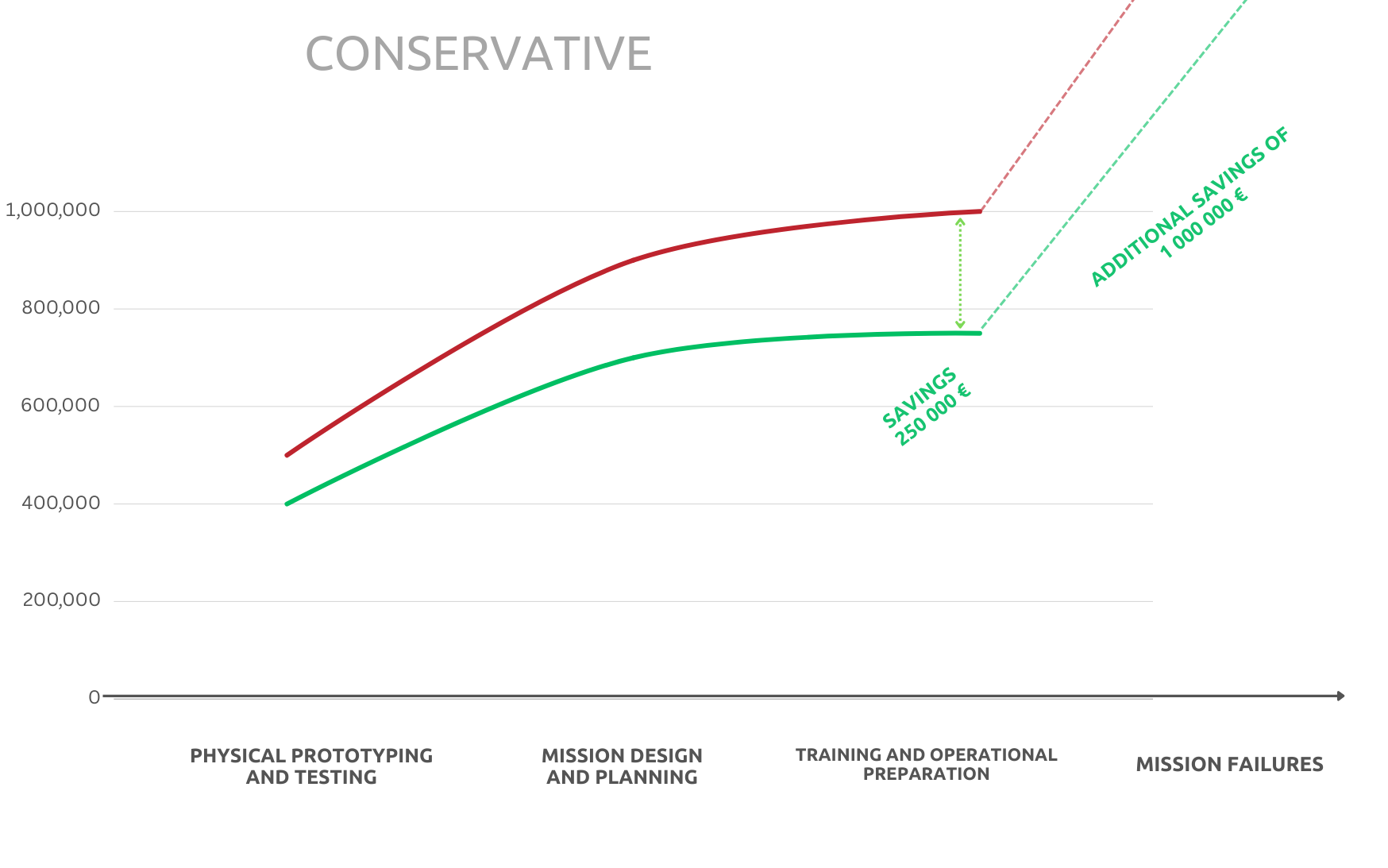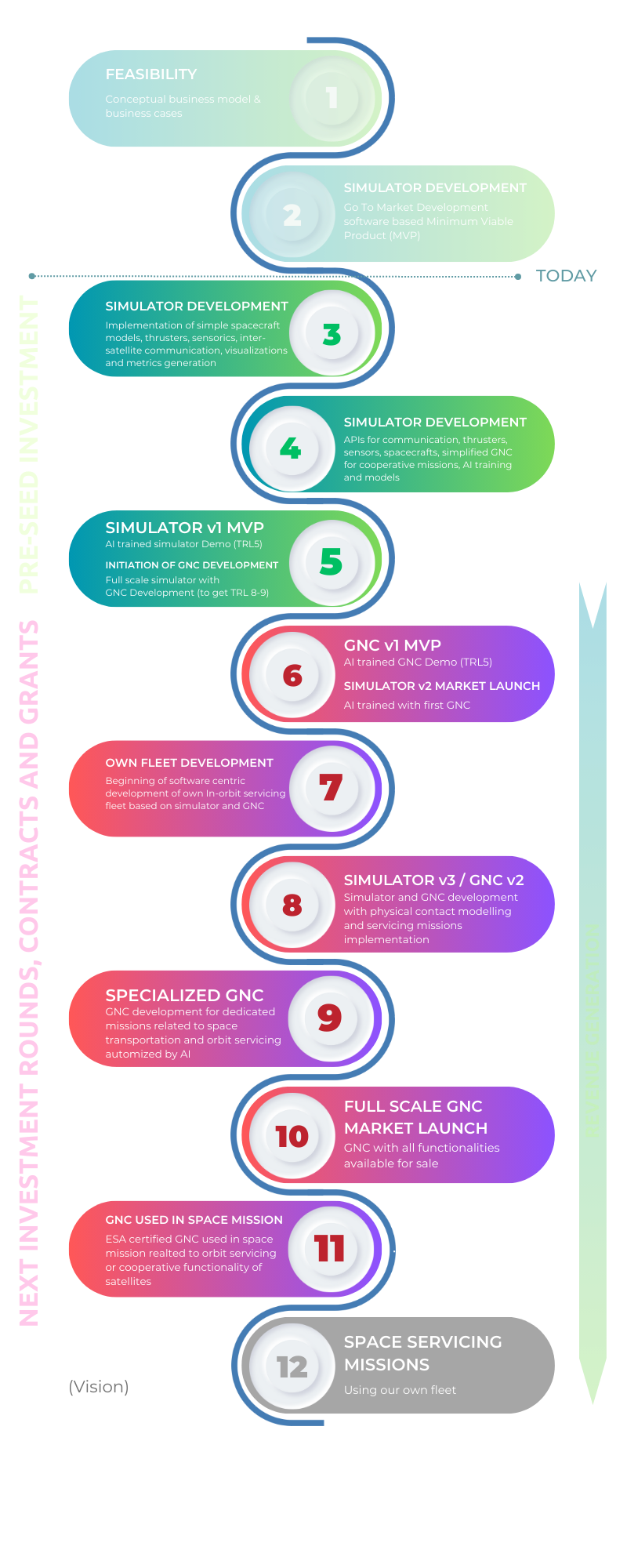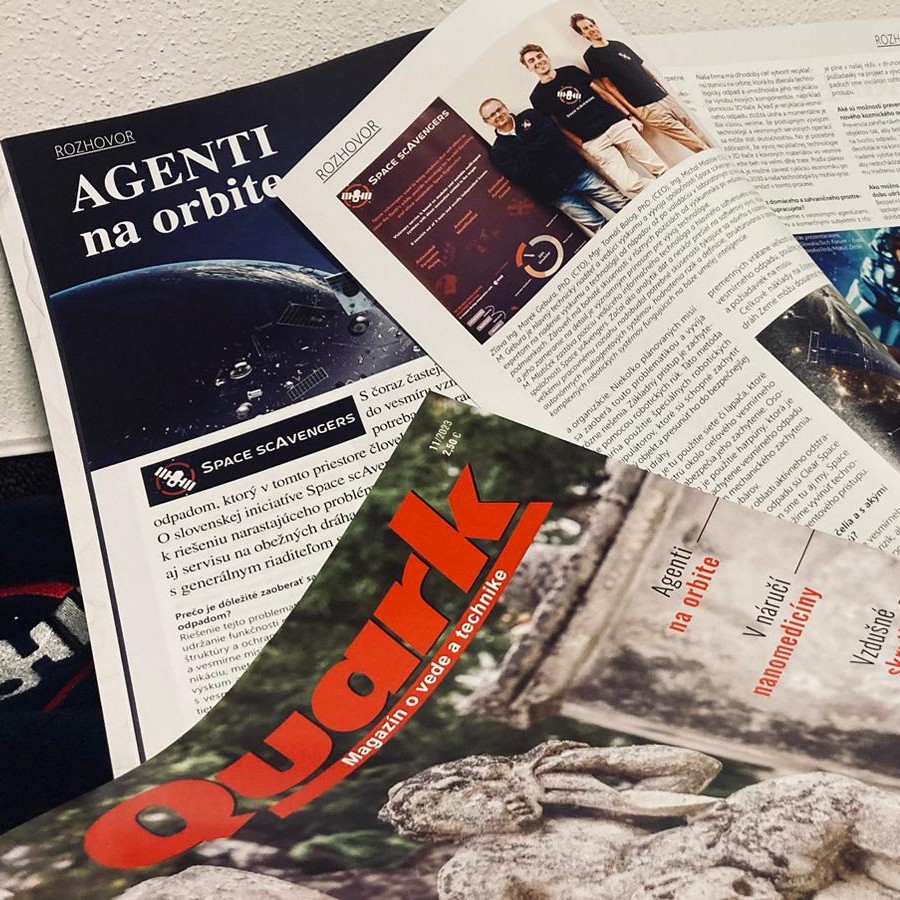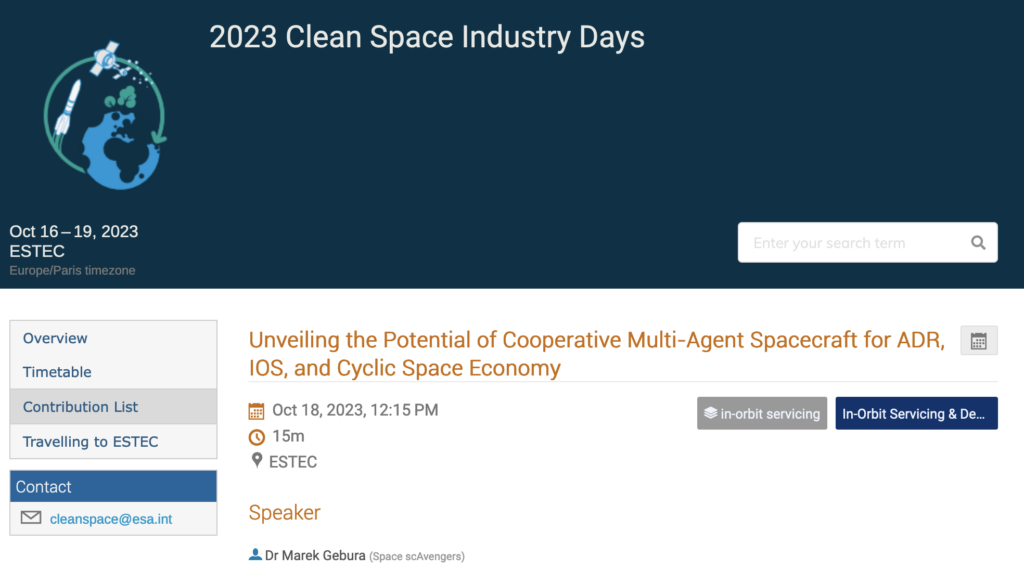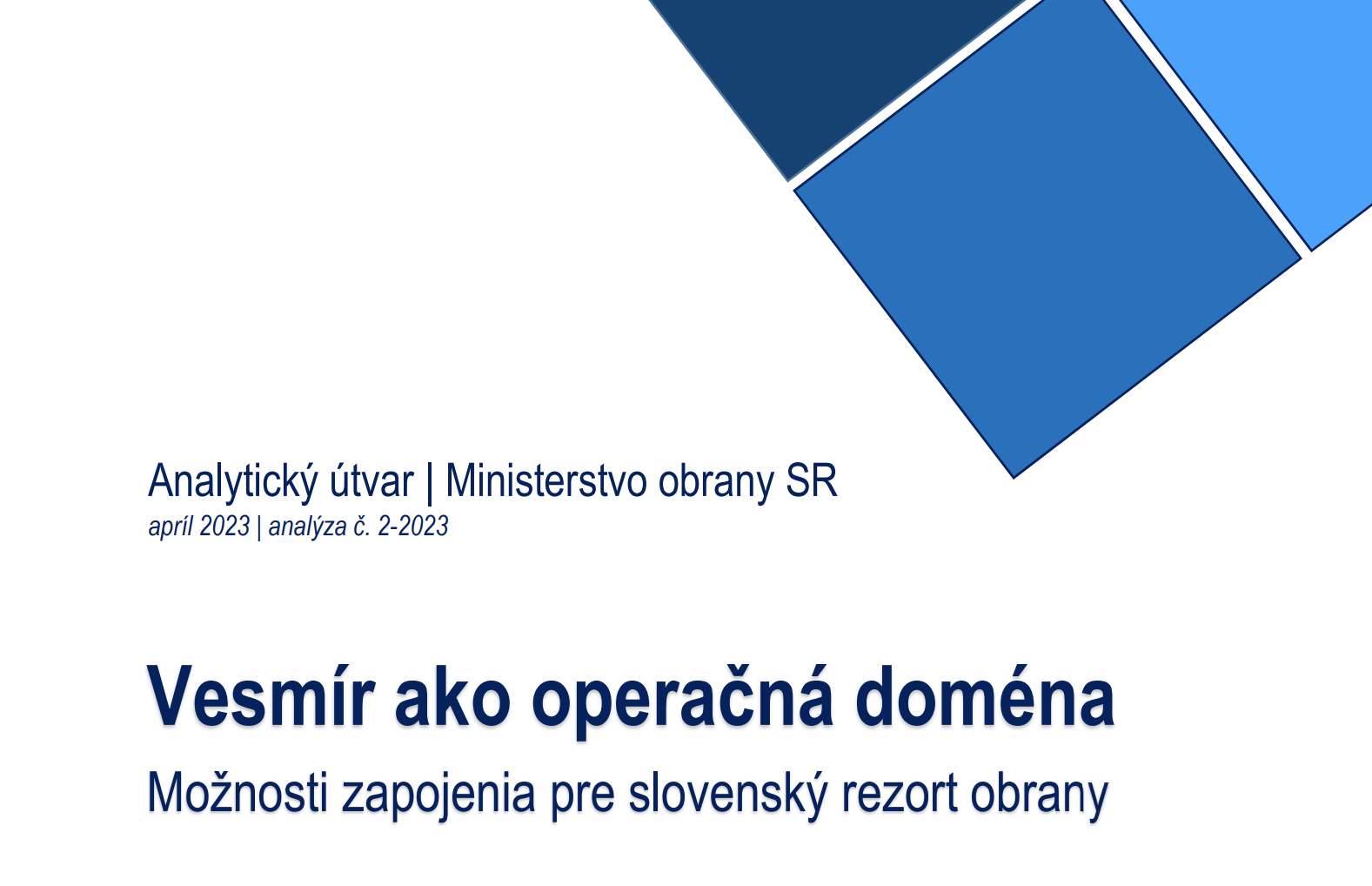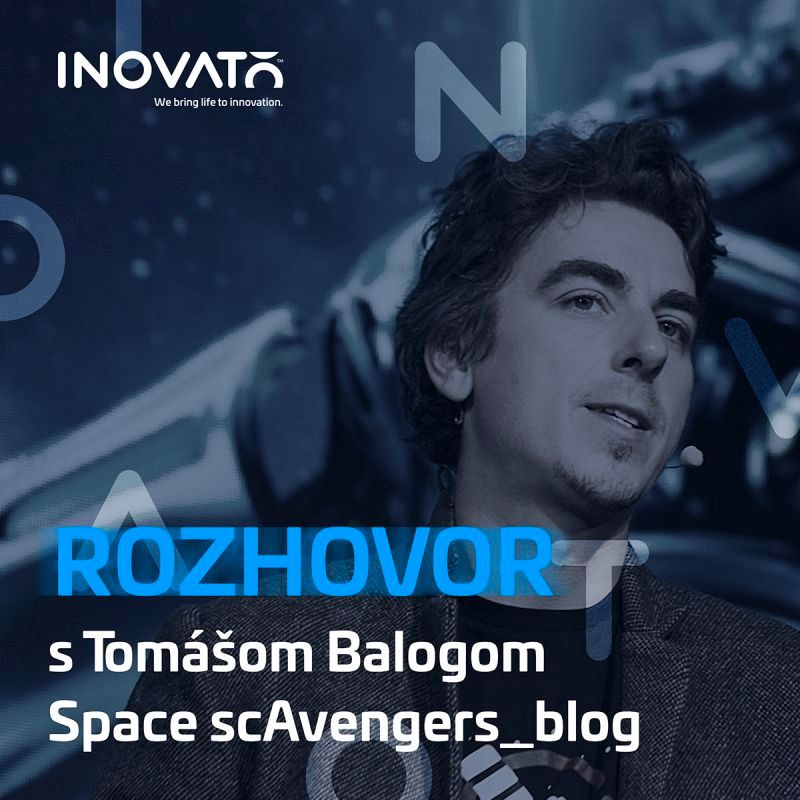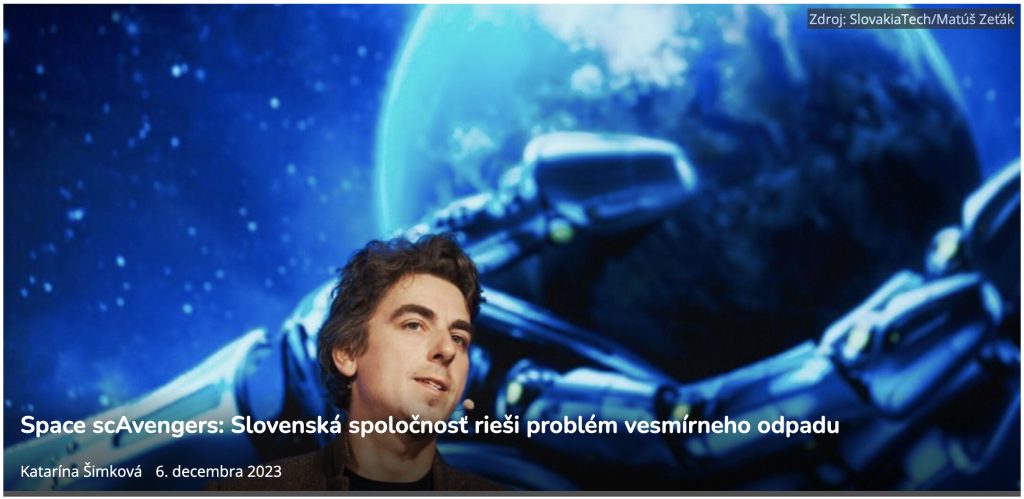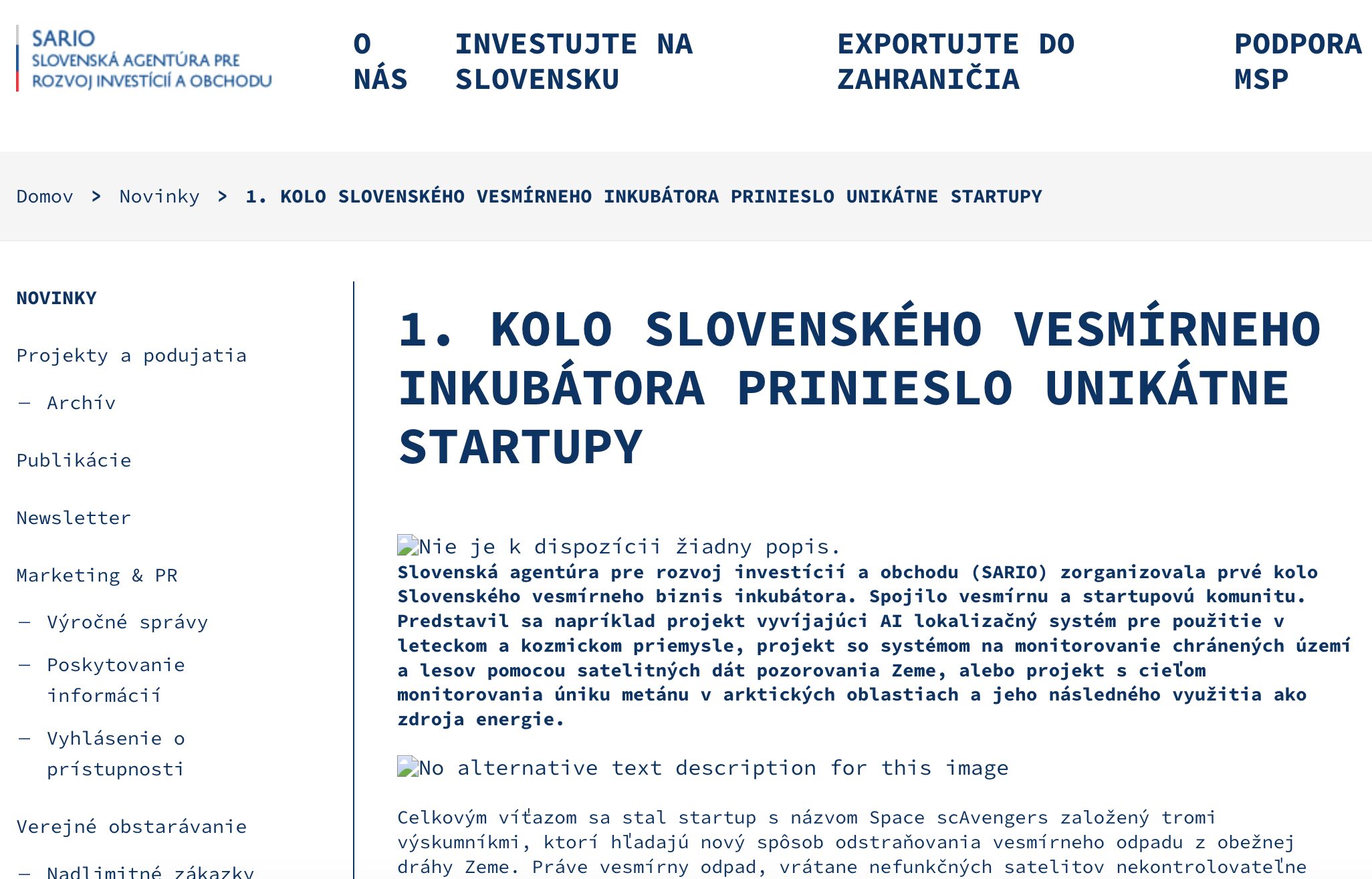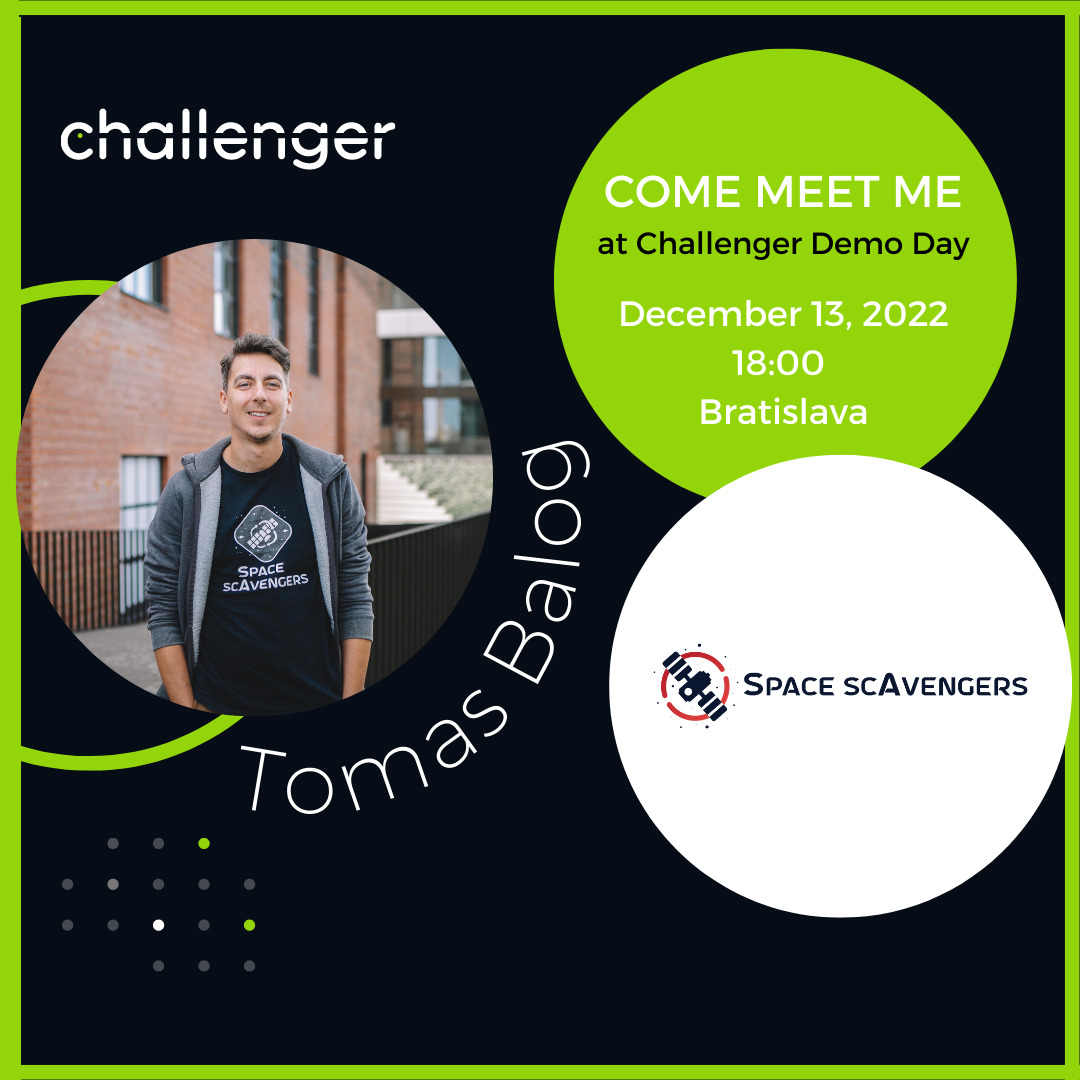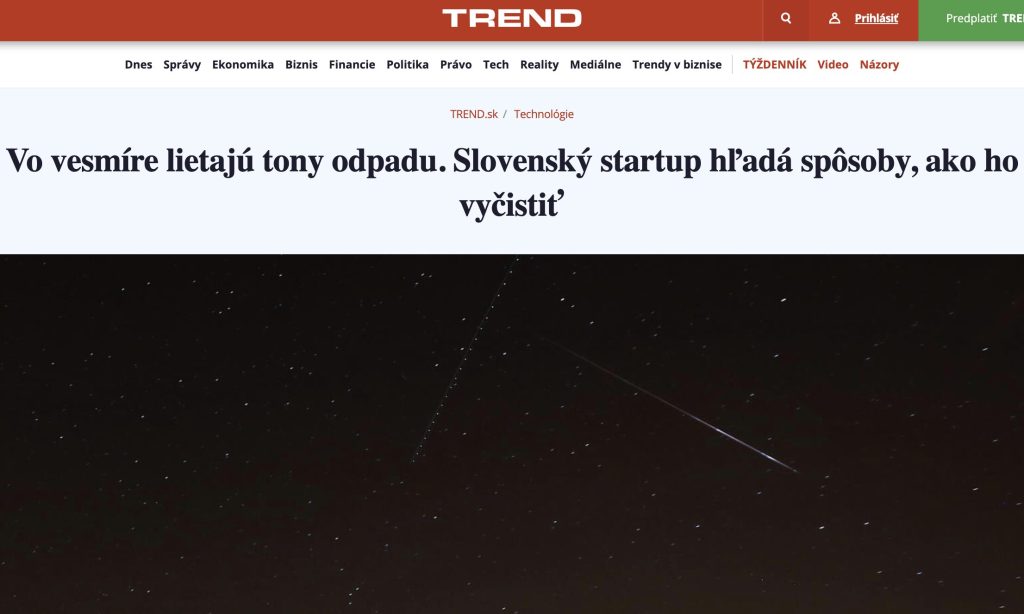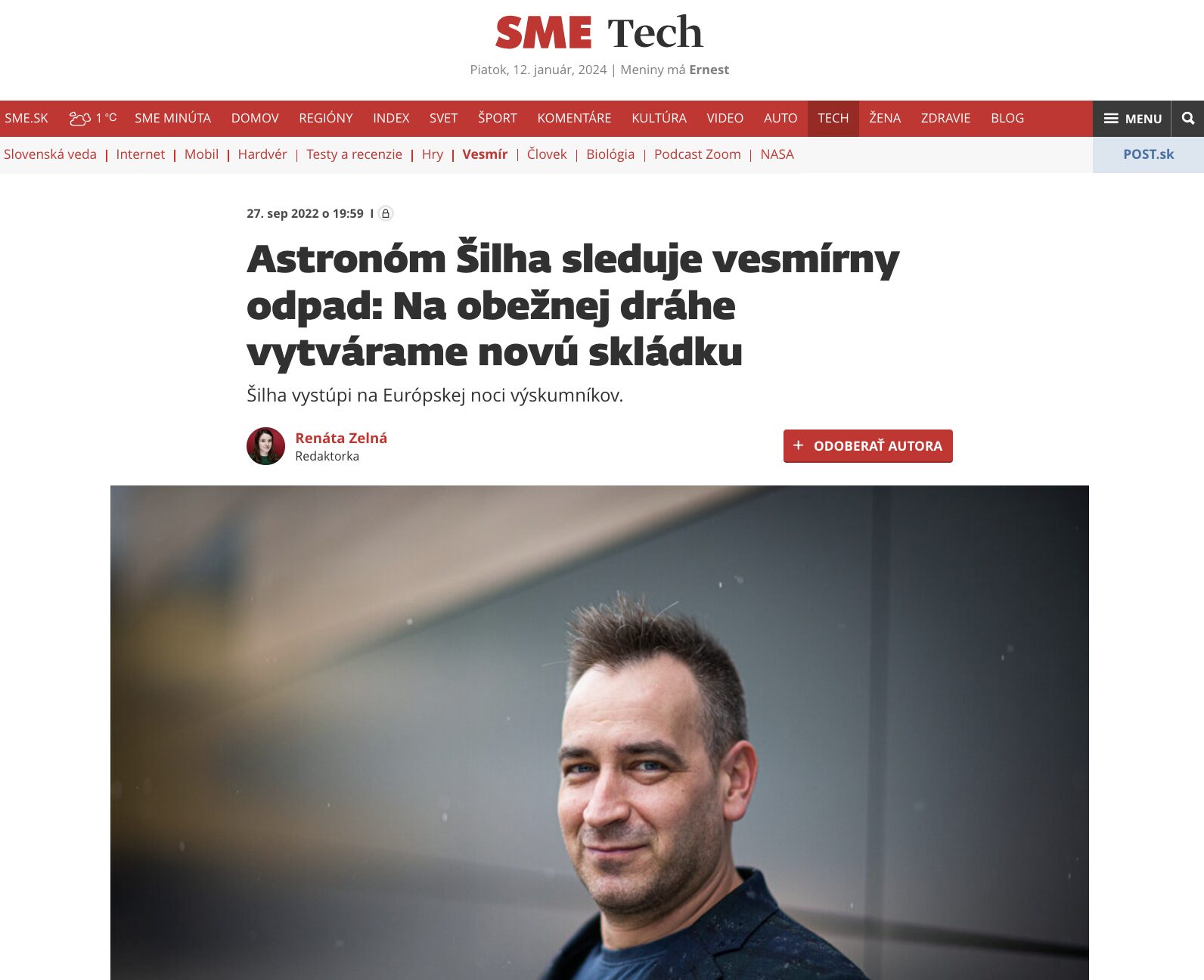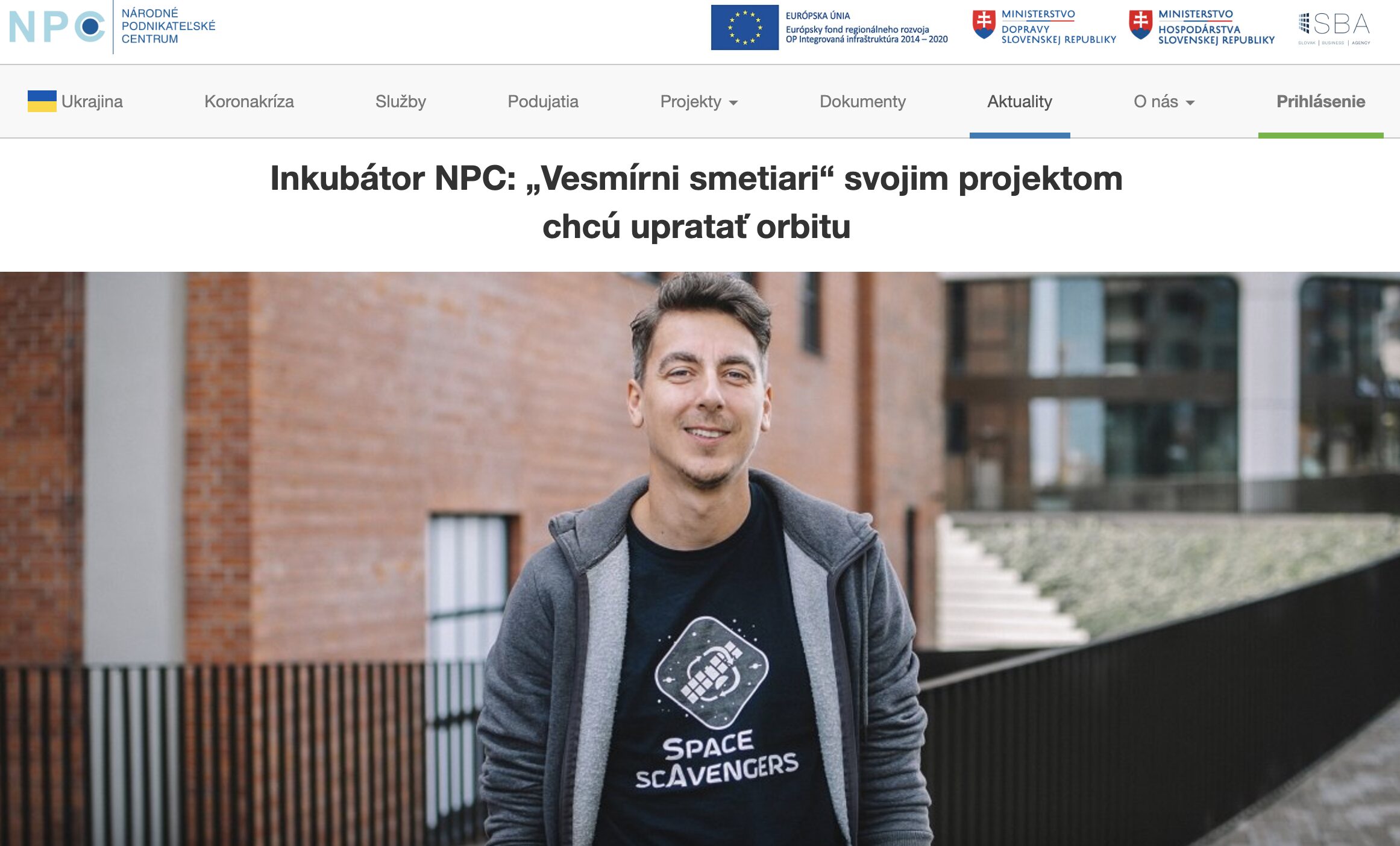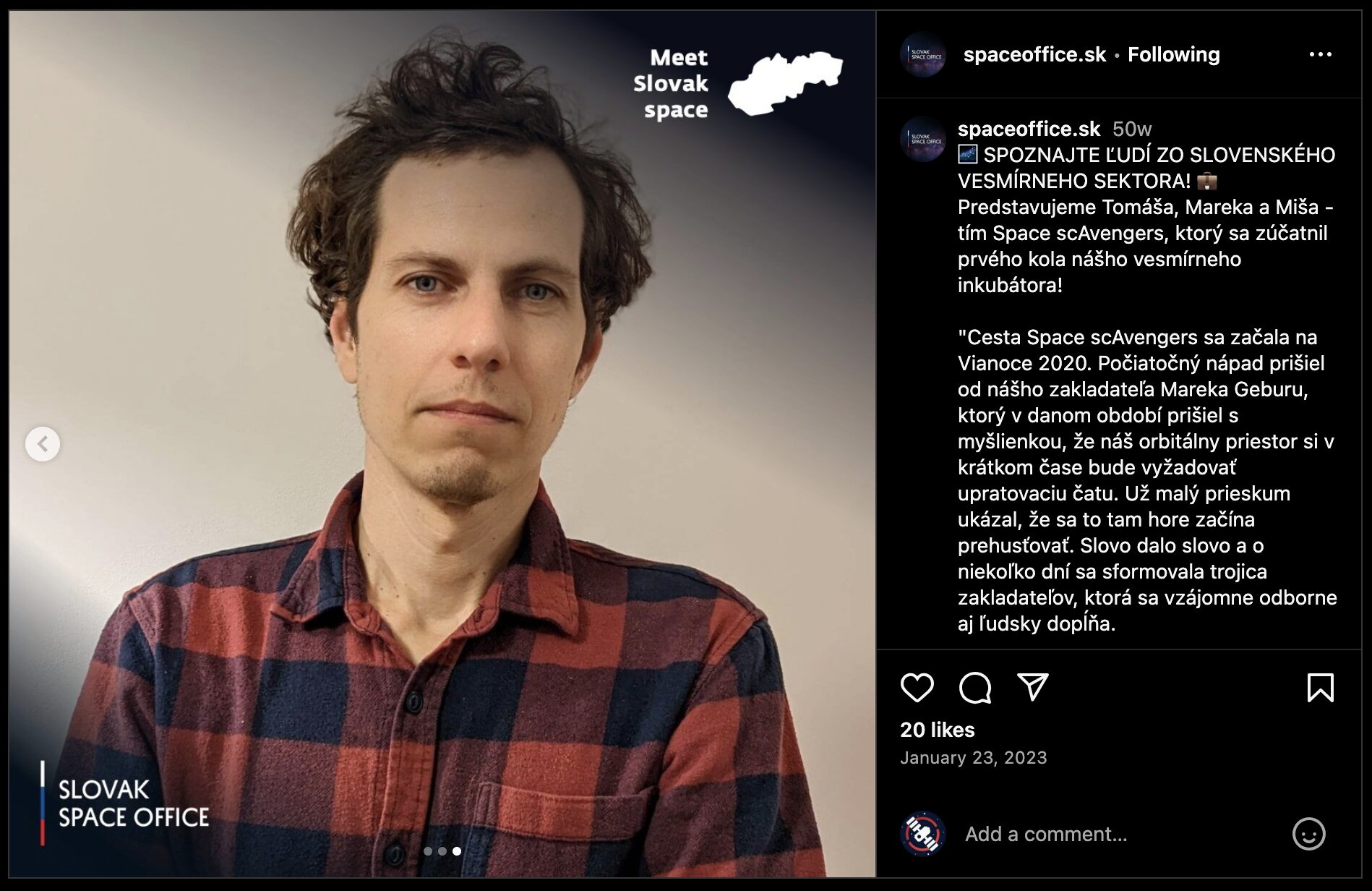Empowering Spacecrafts Autonomy
Invest in Tomorrow’s Space Technology Today.
Space scAvengers focuses on enhancing spacecraft intelligence and autonomy through AI and machine learning, aiming to revolutionize spacecraft operations. Our efforts center on developing multi-agent autonomous systems, improving collaborative spacecraft operations with advanced coordination techniques. A critical aspect of our strategy involves creating sophisticated simulation environments for testing and refining operational strategies, mirroring real-world space mission complexities. Aligning with global space technology trends, we are committed to addressing current and future challenges in space exploration, including communication, navigation, and spacecraft sustainability.
Market
The rapidly evolving space industry, especially in the domain of cooperative missions and satellite constellations, faces significant challenges in mission planning and execution. These include the integration of complex spacecraft models, thrusters, sensorics, and inter-satellite communication. The high costs and technical barriers of current simulation tools hinder efficient mission testing and development, leading to increased risks and impediments in collaborative space endeavors.
Space scAvengers is introducing a cutting-edge simulator that addresses these challenges head-on. Our platform uniquely integrates spacecraft models, advanced sensorics, and robust inter-satellite communication capabilities. We offer comprehensive visualizations, metrics generation, and user-friendly APIs for seamless integration. With our simplified GNC tailored for cooperative missions and AI-driven models, our simulator empowers users to efficiently plan, test, and execute complex missions and constellations, significantly reducing risks and costs while accelerating innovation in the space sector.
First costumers
Space scAvengers’s innovative simulator, designed for the rapidly expanding small satellite sector interconnected with satellite operators, offers a unique solution to the high costs and risks associated with space missions. Tailored for emerging space startups and small to large satellite operators, our simulator is a strategic asset, crucial for mission planning and reducing potential failures. With capabilities like AI-driven models, GNC systems, and inter-satellite communication, it’s poised to revolutionize mission planning and execution. This aligns perfectly with the needs of in-orbit operation services producers, who could save millions in development and testing for various space missions in field of in-orbit servicing, space transportation and cooperative functionalities where close-proximity operations are main risk. Our product’s scalability and adaptability make it a valuable investment, ready to capitalize on the growing demand for space-based services and set to play a key role in the future of space technology.
Other open markets
- Small Satellite and Cubesat Developers
- Commercial Satellite Operators
- Emerging Space Startups and Innovators
- Space Agencies and Research Organizations
- In-Orbit Servicing and Space Debris Management Companies
- Universities and Educatoinal Institutions
- Defense and Intelligence Agencies
- Spacecraft Manufacturers and Designers
- Private Space Exploration Companies
- Collaborative International Space Projects
- Space Tourism Ventures
- Emerging Space Nations
Our objectives
AI-Driven Spacecraft Autonomy:
Space scAvengers uses AI to significantly enhance spacecraft operations, leading to more efficient and smarter space missions.
Multi-Agent Systems for
Space Collaboration:
Innovating in orbital teamwork, Space scAvengers’ multi-agent systems improve complex space operations, setting new collaboration standards.
Strategic Simulation for
Mission Planning:
Utilizing advanced simulations, Space scAvengers optimizes space mission strategies, pushing exploration frontiers.
Blending New and
Existing Technologies:
Focused on sustainable exploration, Space scAvengers integrates its innovative technologies with established space systems.
Business Strategy
Space scAvengers’ business strategy is a paradigm shift in the space technology sector, offering robust, cost-effective solutions. Our simulator and software suite target the rapidly growing small satellite market with interconnected small and large satellite operators, providing AI-driven spacecraft autonomy and multi-agent systems for complex space operations. Nowadays the space missions are mainly planned in signle space-craft use with mission specific guidance, navigation and control system which is not suitable for in-orbit srvicing markets. The market is currently waiting for the enabling conditions which will be brang by development of our generic solutions of mission planning, simulating and control based on software centric approach and close-proximity operations in autonomous cooperative fleets.
Traditionally, small satellite producers face immense challenges due to high costs and prolonged development times. For instance, developing a fleet of 10 small satellites for in-orbit servicing, requiring precise handling in close-proximity operations, could cost around $1 million. This includes about one year and 40% ($400,000) in costs for simulator development, GNC systems, and personnel. Introducing Space scAvengers products dramatically changes this scenario. By providing an established framework for simulation and GNC, Space scAvengers enables satellite producers to bypass the need for in-house development. This slashes the cost to about $150,000 and reduces development time to six months. Our product offers a software-centric satellite development approach, where users can simulate and test their mission strategies efficiently, ensuring operability and reducing risks.
Space scAvengers taps into immediate market needs. Emerging startups in space technology often lack the resources for comprehensive mission planning and execution tools. Space scAvengers’ solution directly addresses this gap, offering a cost-effective, scalable, and adaptable tool. This not only saves costs but also accelerates market entry for these smaller players, fostering innovation and growth in the sector. Our strategic approach enables a broader spectrum of companies to participate in the space economy. From in-orbit servicing to space transportation and complex collaborative functionalities, Space scAvengers lowers the entry barriers, democratizing access to space technology. The company isn’t just selling a product; it’s enabling an ecosystem where more entities can partake in space exploration and commercialization.
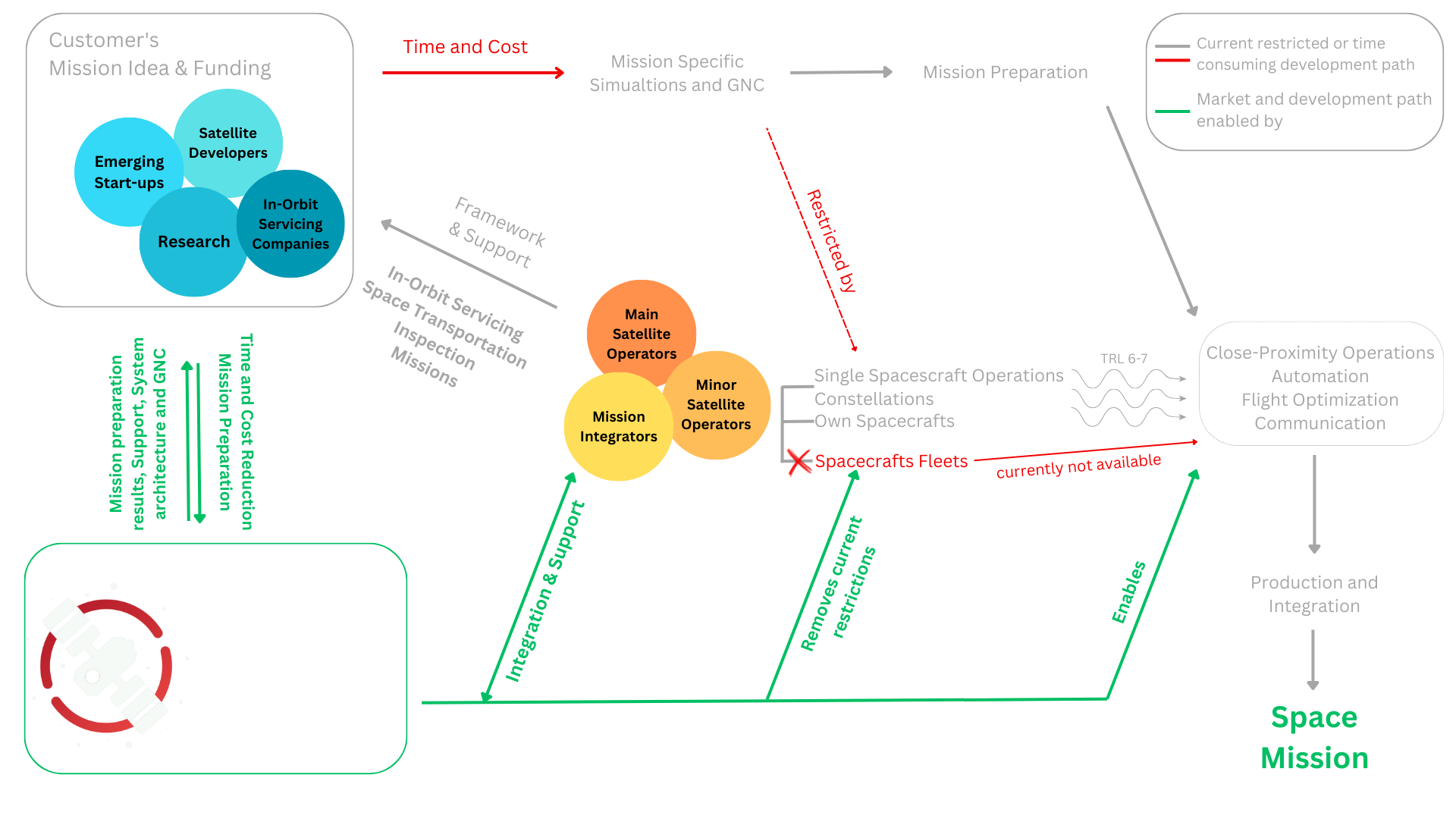
Example of development savings:
Reduced Need for Physical Prototyping and Testing: Developing and testing a small satellite can range from $500,000 to several million dollars. A high-fidelity simulator can reduce this cost by 20-30%. This translates to savings of approximately $100,000 to $600,000 or more per development cycle.
Mission Design and Planning: For smaller projects, the design and planning phase can cost around $50,000 to $500,000. Efficient simulation can reduce this by up to 30-40%, leading to savings of $15,000 to $200,000.
Training and Operational Preparation: Traditional training methods can cost anywhere from $10,000 to $100,000. Using a well-defined simulator can halve these costs, leading to savings of $5,000 to $50,000.
Mission Failures: The cost of a failed satellite mission can range from tens to hundreds of millions. Even a modest reduction in failure rates could save millions. Assuming a conservative estimate, a 10% reduction in failure probability could equate to savings of $1 million to $10 million, depending on the mission scale.
Products and revenue:
SPACE MISSIONS SIMULATOR
GUIDANCE, NAVIGATION, CONTROL (GNC) SYSTEMS
IN-ORBIT SERVICES
Sales strategy:
- Creation of new and cooperation in ongoing consortiums
- Direct contact and sales
- Shows and exhibitions
- Continuous market check (f.e. through check of submitted proposals in Horizon or other frameworks)
- Grants marketplaces for potential customers and partners
Team
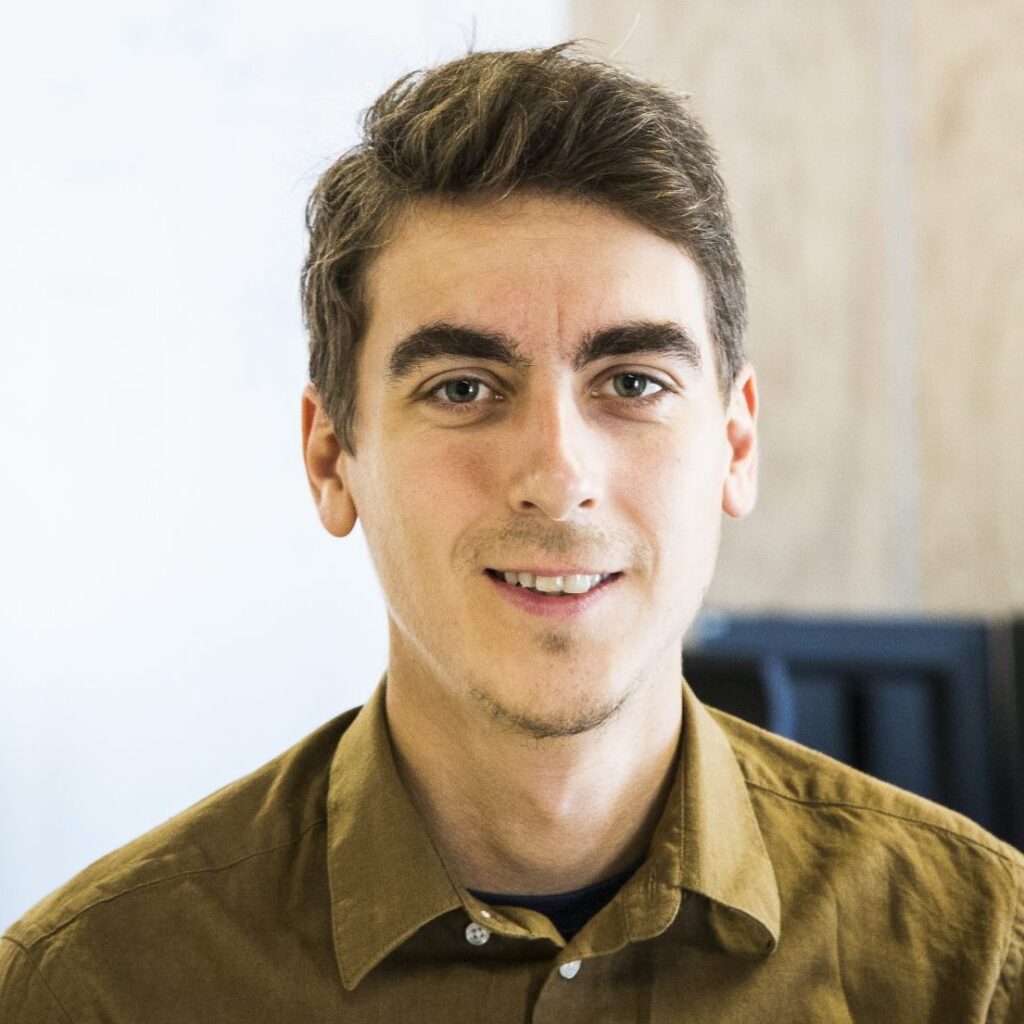
Managing Director
An experienced project manager with a background in physics, data science, and finance. He specializes in project planning, system architecture, analytics, risk management, and technology development.

Idea initiator and Head of R&D
Initiator of the project and Head of R&D. Marek has a strong background in research and technology development management, from conceptualization to validation in high-power pulsed plasma drilling technology.

Lead Software Engineer
Senior software developer and Lead Software Engineer. Michal started as a data analyst and transitioned to software development, with expertise in designing and controlling autonomous systems.
Advisory board
Mgr. Jiri Silha, PhD.
- An expert in Astronomy and Astrophysics at Comenius University, focusing on space debris optical observation and ESA project support.
Tommaso Sgobba
- Leading figure at the International Association for the Advancement of Space Safety, with extensive experience in ESA flight safety, space debris, and planetary protection.
prof. Ing. Ivan Sekaj, PhD.
- A distinguished researcher and lecturer in cybernetics and control engineering at the Slovak University of Technology, specializing in soft computing and artificial neural networks.
Investment
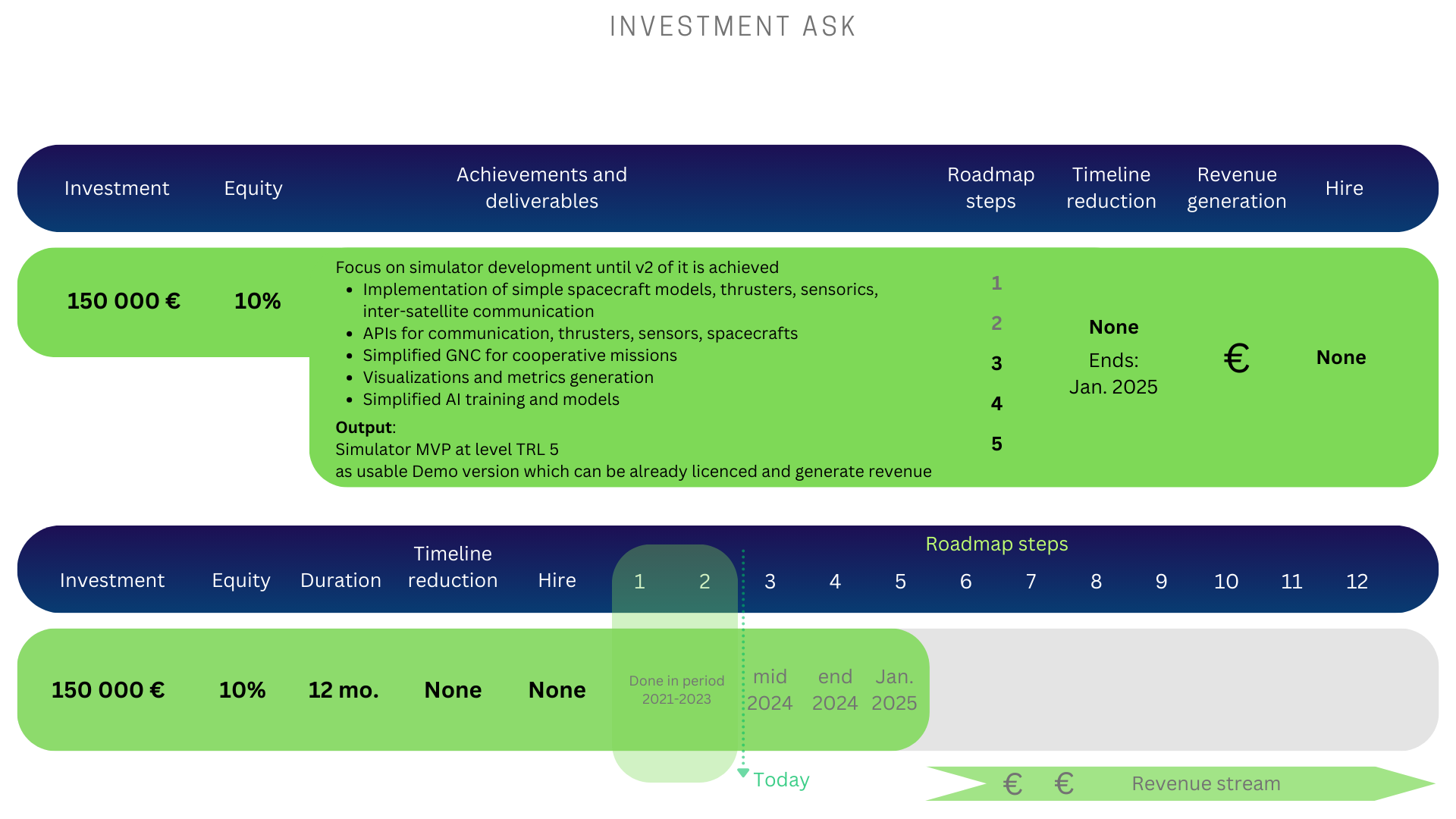
Pitch Deck
Project Timeline
as of 01/2024
Date
Description
Revenue
mid 2021
- Feasibility
- Conceptual business model & business cases
end 2023
- Simulator development (phase 1)
- Development steered by requirements and contract with ESA
- Ongoing development of Go To Market software based Minimum Viable Product (MVP)
mid 2024
- Simulator development (phase 2)
- Implementation of simple spacecraft models, thrusters, sensorics, inter-satellite communication
- Visualizations and metrics generation
end 2024
- Simulator development (phase 3)
- APIs for communication, thrusters, sensors, spacecrafts
- Simplified GNC for cooperative missions
- AI training and models
start 2025
- Simulator v1 MVP
- Simulator AI trained MVP Demo at TRL 5
- Kick-off for initiation of the GNC development for full scale simulator at level TRL 8
Low: First sales for enthusiasts and startups
mid 2025
- GNC v1 MVP
- AI trained GNC demo (TRL 5)
- Own Fleet Development
- Beginning of software centric development of own In-otbit servicing fleet
Low : Ongoing sales for enthusiasts and startups
end 2025
- Simulator v3 and GNC v2
- Simulator and GNC with physical contact modelling and servicing missions implementations
Low: Increase in sales due to GNC implementation
2026
- Specialized GNCs
- GNCs development for dedicated missions related to the space transportation and orbit servicing automated by AI
Medium: licences and contractual use of simulator and GNC
start 2027
- Full scale GNC Market Launch
- GNC with all required functionalities available for sale
Medium: licences and contractual use of simulator and GNC
start 2028
- GNC used in space mission
- ESA certified GNC used in space mission related to the orbital servicing or cooperative functionalities of satellites
High: simulator and GNC established on the market, contractual use
> 2035 (Vision)
- Space servicing and transportation missions using our own fleet
Very High: paid space missions
Examples of successful start-ups in space industry

Astroscale (2013)
A leading private space industry company in Japan, Astroscale focuses on sustainable space development. It offers on-orbit servicing, including life extension and debris removal, with over 500 employees and global subsidiaries.

Clearspace (2018)
A space startup specializing in in-orbit servicing and debris removal. Notable for its mission with the European Space Agency and the UK Space Agency, Clearspace prioritizes sustainability, reusability, and affordability in space operations.
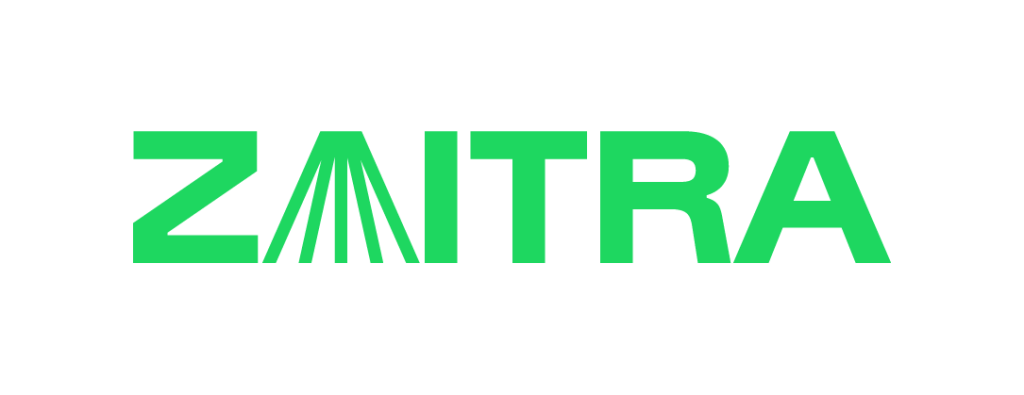
Zaitra (2020)
Revolutionizing data processing for Earth, Orbit, and Moon missions. Zaitra’s notable contributions include Biomission19, SLAVIA, and the VZLUSAT-2 mission, focusing on onboard solutions like SKAISEN for space mission efficiency.

SPACEMANIC (2014)
A spin-off from the Slovak Organisation for Space Activities, specializing in small satellite components. Known for launching Slovakia’s first satellite, SPACEMANIC excels in nanosatellite solutions and components.

SARIO Report
An overview of Slovakia’s Space Industry, showcasing sector strengths and successful companies as of 01/2022. The report highlights Slovakia as an ideal business location in the space industry.
Report for download here.
Projects
Our Focus:
MISSION SIMULATOR
Development of simulation software for missions in space to enable validation of automated orbital servicing missions based on multi-agent and cooperative approach.
- Simulation environment
- Bottom-Up environment
- Close-proximity operations
- Physical connection simulation
- Autonomous operations
- AI training
- Collaborative perception
- Spacecraft model creation
- Mission specific requirements
- Mission implementation
- Software-centric space missions design
GNC DEVELOPMENT
Development of Guidance, Navigation and Control (GNC) software solutions for missions in space to coordinate automated orbital servicing missions based on multi-agent and cooperative approach.
- Bottom-Up environment
- Software-centric space missions design
- Close-proximity operations
- Autonomous operations
- AI training
- Inter-satellite communication
- Ground control communication
- Mission specific requirements
- Mission implementation
IN-ORBIT SERVICES
Development of scalable and modular autonomous automated multi-agent spacecraft fleets for missions in space to conduct In-orbit servicing, space transportation, and other type of missions.
- Modular and scalable fleet
- Direct contact to the target
- AI trained GNC
- Inter-satellite communication
- Autonomous coordination
- In-orbit services
- Risk reduction
- Threads identification
- Mission specific fleet construction
- Software-centric spacecrafts and fleet design
Ongoing projects:
ESA Contract Number 4000137299/22/NL/SC – Formulation and Assessment of Multi-Agent Active Debris Removal Application
The objective is to conduct a feasibility study focused on the technology concept of using small Cooperative Multi-agent Spacecraft (COMAS) in swarms and assess their potential to manage in-orbit Active Debris Removal (ADR) and servicing.
- started: 03/2022
- expected finish: 01/2024
- finalized milestones: 2 of 3
- as main contractor in cooperation with:
- Astros Solutions s.r.o.
- The International Association for the Advancement of Space Safety (IAASS)
- Faculty of Electrical Engineering and Information Technology of STU in Bratislava
ESA Constract Number 4000141916/23/NL/MH/rp – Feasibility Study of Contact Capacitor Discharge Welding Gear for In-orbit and Lunar Applications
The objective is to evaluate the feasibility of using a Contact Capacitor Discharge Stud (CCDS) Welding procedure as a generic technology with potential future use for in-orbit space craft servicing or in-orbit assembly/manufacture.
- started: 03/2023
- expected finish: 12/2024
- finalized milestones: 0 of 3
- as subcontractor in cooperation with:
- Institute of Materials and Machine Mechanics, Slovak Academy of Sciences
- Prvá zváračská a.s. / First welding company Inc.
Submitted projects proposals:
APVV-23-0469 – Simulations for Intelligent Multi-agent Autonomous Operations in Space
The project aims to enhance in-orbit servicing using AI-driven multi-agent systems for more autonomous and precise space operations. It involves developing AI algorithms tailored for tasks like inspection and repair, creating efficient communication protocols, and decision-making processes for swarm dynamics.
- submitted: 24.11.2023
- cooperation: Insitute of Informatics, Slovak Academy of Sciences
- project start: 01.07.2024 (in case of successful evaluation)
- project duration: 18 months
APVV-23-0486 – Technological aspects of CCDS welding for painted Space Grade Alloys including Automatic visual-based NDT for In-Orbit Manufacturing and Assembly
Slovakia, through the EU Space Surveillance and Tracking program. Project focuses on developing a universal docking interface and advancing Contact Capacitor Discharge Stud Welding (CCDS) technology for debris removal.
- submitted: 24.11.2023
- cooperation: Institute of Materials and Machine Mechanics, Slovak Academy of Sciences
- project start: 01.07.2024 (in case of successful evaluation)
- project duration: 36 months
09I03-03-V04-00732 R3 grant – Collaborative AI for In-Orbit Servicing Excellence (CAISE)
The main objective of this project is to enhance in-orbit servicing missions through the development and implementation of AI-driven multi-agent systems, equipped with optimal algorithms, to achieve seamless, autonomous, and precise operations in space.
- project submission: 28.09.2023
- awaiting evaluation
- project duration: 24 months
Partners
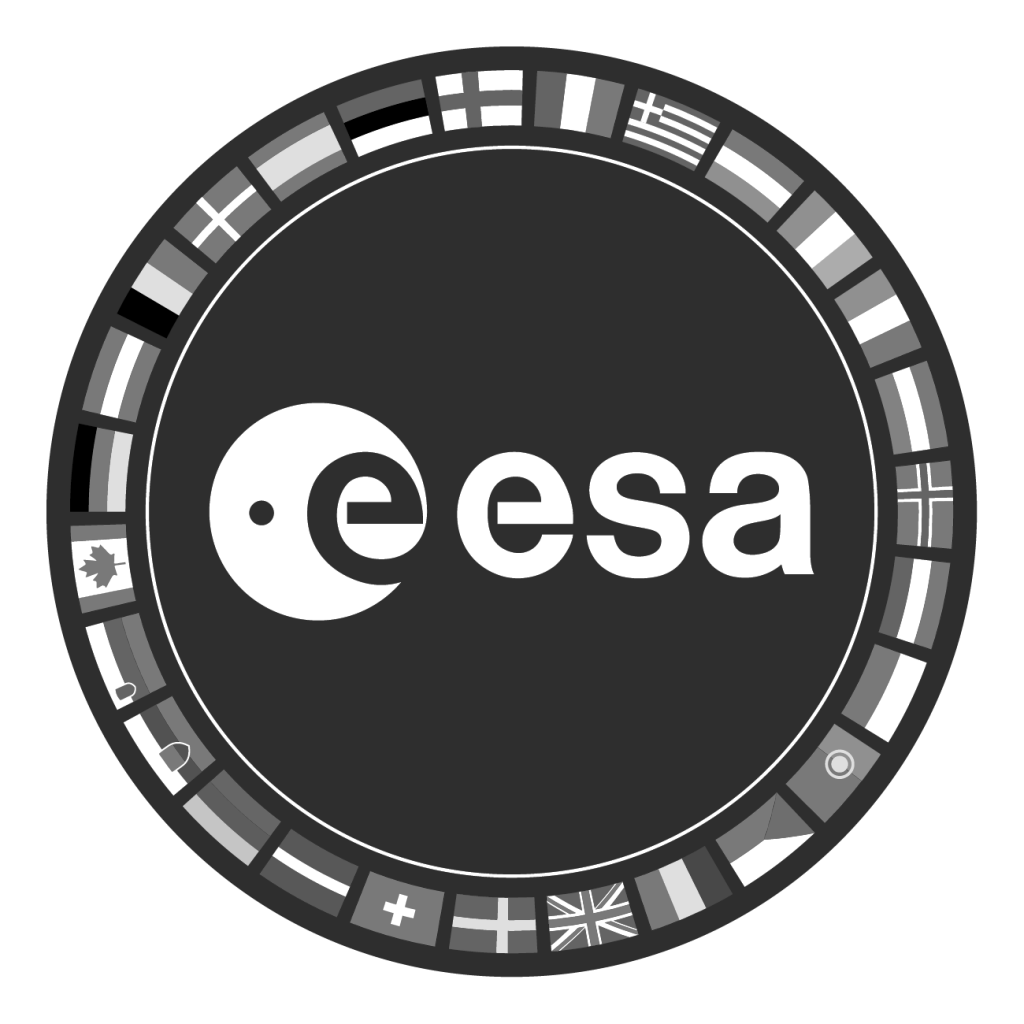
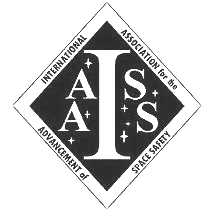


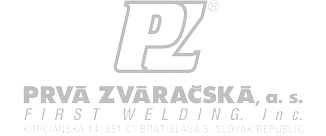
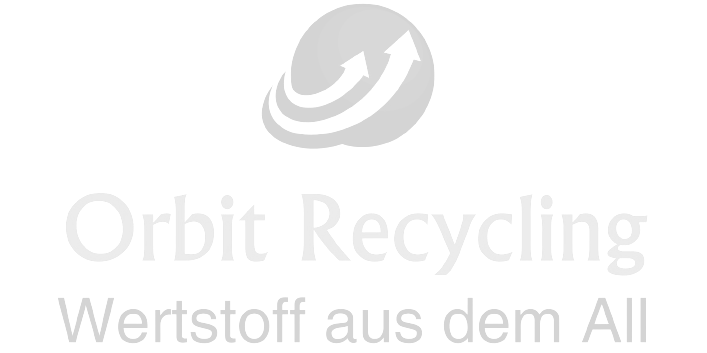

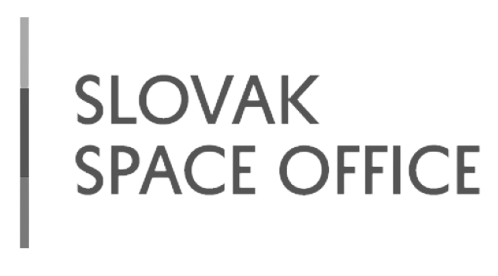





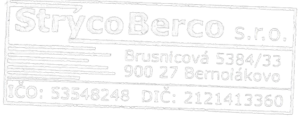
Media
Our presence
FAQ
- What are Space scAvengers’ core products and services?
- Who are the key clients and target markets for Space scAvengers?
- What is the current stage of development for Space scAvengers’ technologies?
- How does Space scAvengers’ technology stand out from competitors?
- What is the company’s financial health and funding history?
- What are the long-term strategic goals of Space scAvengers?
- Who are the key team members and their backgrounds?
- What partnerships and collaborations does Space scAvengers have?
- What are the potential risks and challenges facing Space scAvengers?
- What are the expected returns and exit strategies for investors?
- How does Space scAvengers plan to manage intellectual property?
- What is the timeline for product development and Market Entry?
- How does Space scAvengers plan to scale up operations?
- What are the marketing and sales strategies?
- How does the company address regulatory and legal compliance?
- What are the current and future revenue streams?
- What is the company’s approach to sustainability and environmental impact?
- What are the main technological challenges facing the company?
- How does Space scAvengers plan to stay ahead of technological advances?
- What is the company’s strategy for building and maintaining industry relationships?

